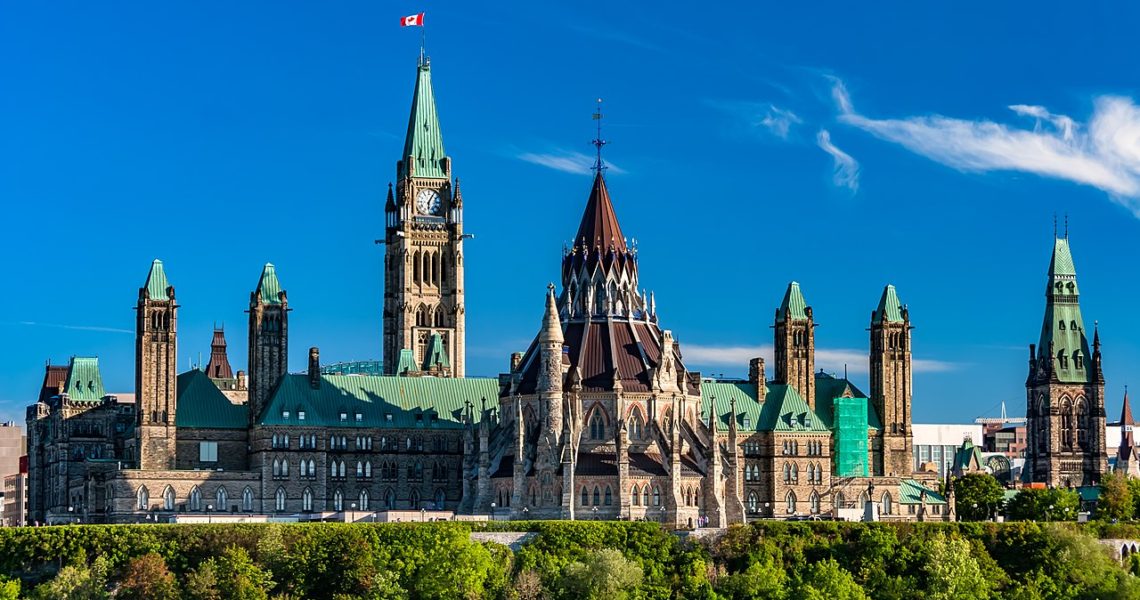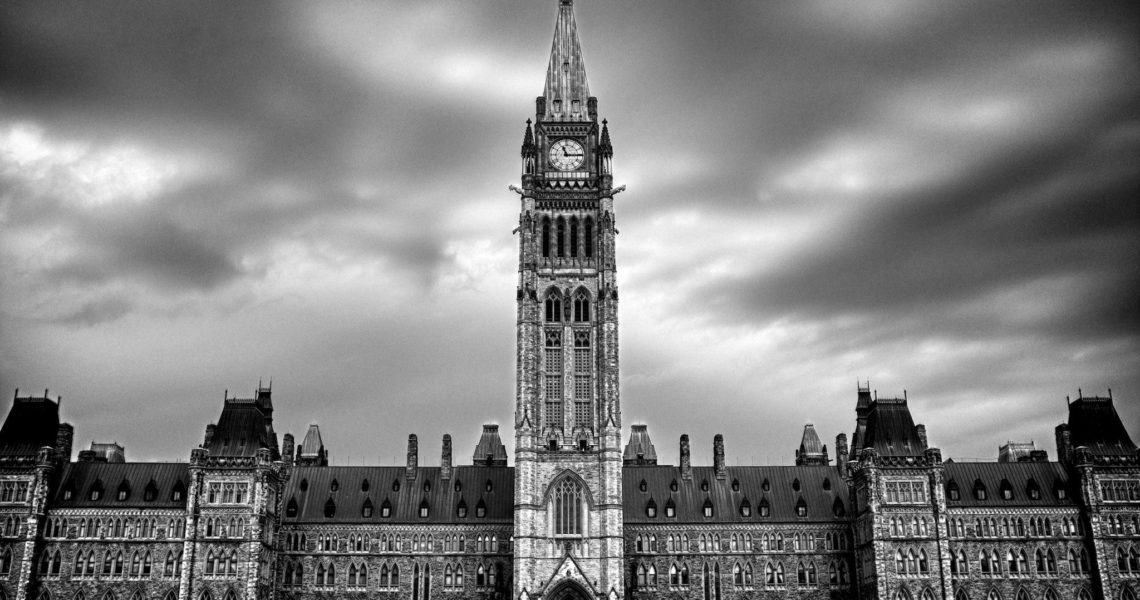Tag: Fiscal
Fiscal Risks and Government Debt in Canada: The Implications of Interest Rate and Growth Rate Volatility
This commentary examines recent differences in growth rates and interest rates at the federal and provincial levels in order to estimate the future paths of public-sector debts. The results provide a novel perspective on a recurring theme in Canada’s debt sustainability debates—namely, that Ottawa is in a better position than most provinces to stabilize the debt-to-GDP ratio.
Fiscal Anchors for Canada’s Post-COVID Economy
As the Trudeau government prepares its fall fiscal update after months of record spending to address the health and economic crisis of the COVID-19 pandemic, recent progress toward a vaccine should sufficiently mitigate uncertainty to enable a fiscal plan that shows Canadians how Ottawa will achieve its policy goals while maintaining fiscal discipline.
Who “Pays” and Who “Receives” in Confederation?
In both Canada and the United States, net fiscal transfers across jurisdictions are largely the result of differences in economic strength and demographics, not unequal treatment by the federal government.
Ontario’s Public Finances: Diagnosis and Prescription
Ontario recently published its 2020 budget, and it contained a lot of bad news. The cash deficit will be around $100 billion over the next three years. This commentary examines options for bringing the province back to sustainability by either reducing spending, raising taxes, or some combination of both. The authors discuss the economic and political consequences of each of the available options, and shows that there are no easy answers for the Ford government.
Government Debt Sustainability in Canada’s Post-COVID Future
In response to COVID-19, and the public health response to it, Canada’s federal and provincial governments have accumulated debt in amounts not seen since World War 2. General government debt (federal plus provincial) is expected to exceed 100% of GDP — according to the latest forecast from the IMF …
Canada Needs a New Fiscal Anchor. (Québec Has One to Offer.)
The Federal government is in need of a new fiscal anchor. If there is one thing the current crisis has revealed on the fiscal policy front, it is that the debt-to-GDP ratio alone cannot adequately play that role. As a result, additional fiscal rules that allow potentially large deficits during recessions while ultimately balancing budgets over the cycle will be needed to keep the country’s finances on a sustainable path.
A Basic Primer on Federal Government Debt: Definitions, Numbers, and Issues
By Kyra Carmichael, Nicholas Liban Dahir and Kevin Page In its upcoming speech from the throne on September 23, the Trudeau government is expected to […]
Federal debt from 1867 … and after the pandemic
The federal debt is rising fast and is likely to reach at least 63 percent of GDP by 2025, a level not seen since the fiscal crisis of the 1990s. But the current low level of interest rates (if continued in the future) mean that the debt-to-GDP ratio is sustainable and will likely decline gradually over time, without the need for any sharp fiscal consolidation in the coming years.
Finances of the Nation Research Roundup Number 1 – July 13
This post is the first of a regular series coming to Finances of the Nation which will serve to aggregate selected current research from think tanks, journals and other relevant sources relating to the Finances of the Nation project. This installation covers the federal government’s Economic and Fiscal Snapshot, Alberta’s economic recovery plan and recommendations on policy for the post-pandemic world.








Debt Aversion in Canada Since the 1980s: Are things about to change?
For the past 35 years, debt aversion has been an organizing principle of Canada’s federal fiscal policy. This commentary demonstrates the fact of fiscal policy continuity focused on debt aversion since the 1980s and asks whether the current surge in debt is simply an emergency response to the COVID-19 pandemic and recession or the beginning of a new era of fiscal policy that is markedly less focused on avoiding debt.